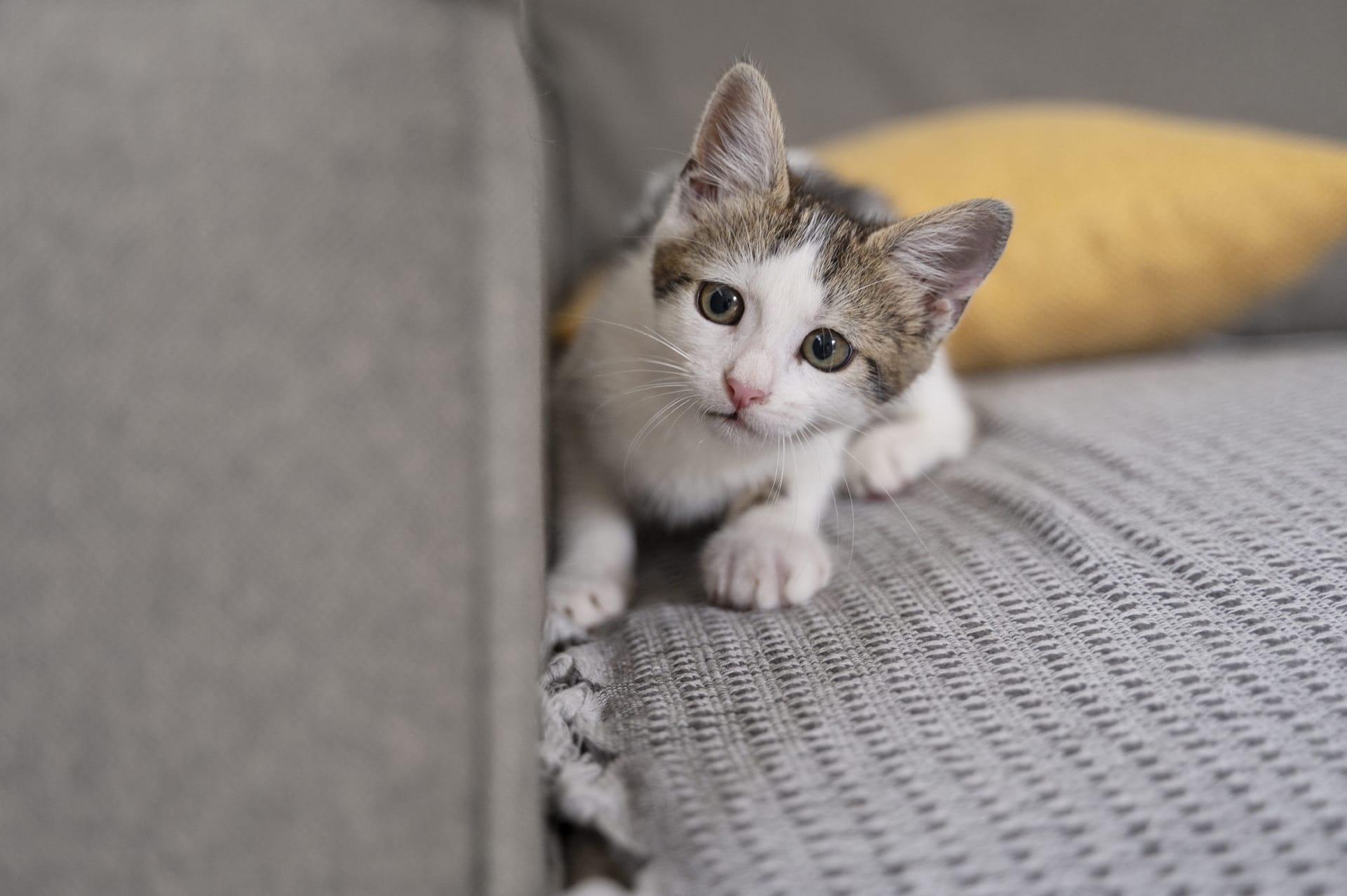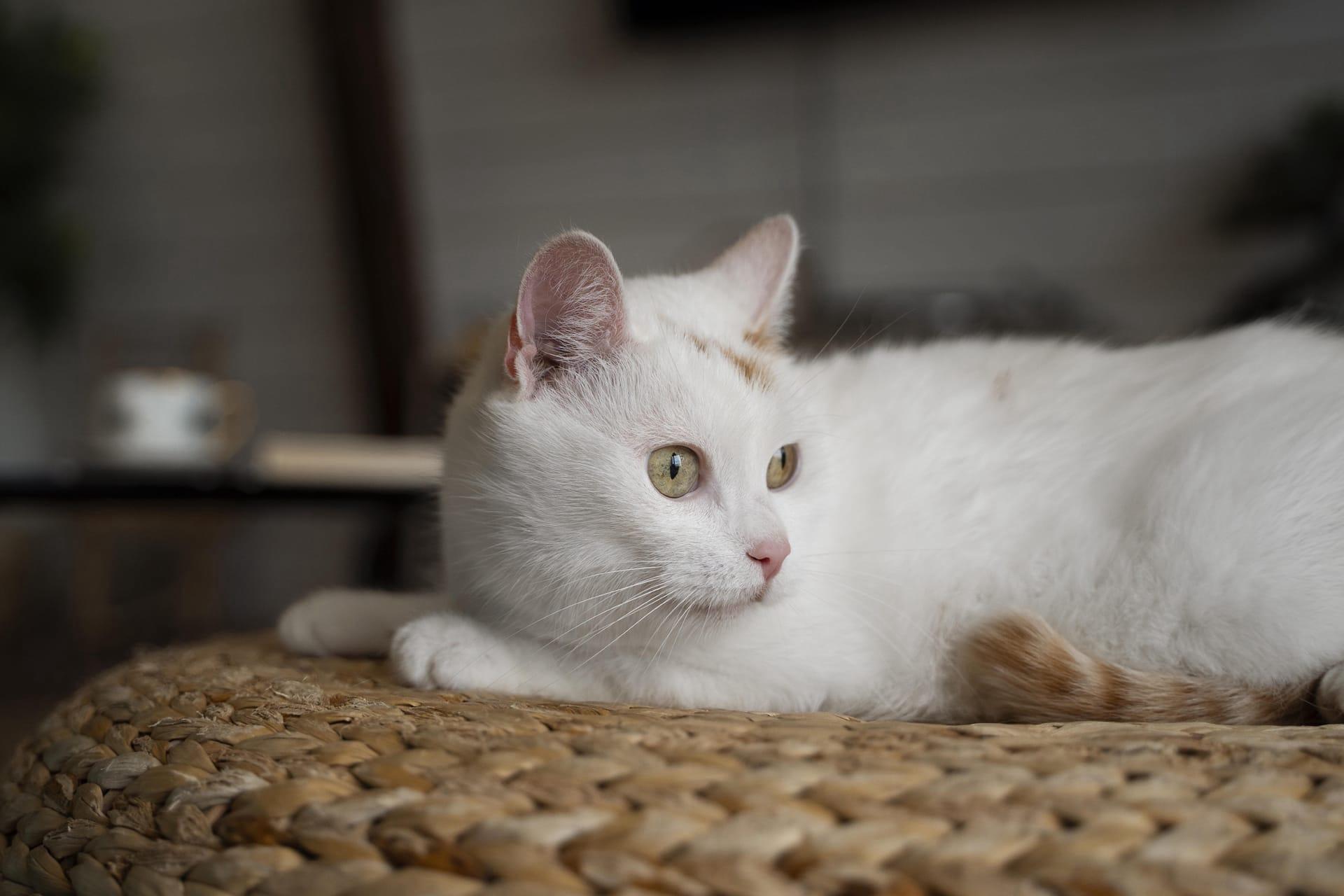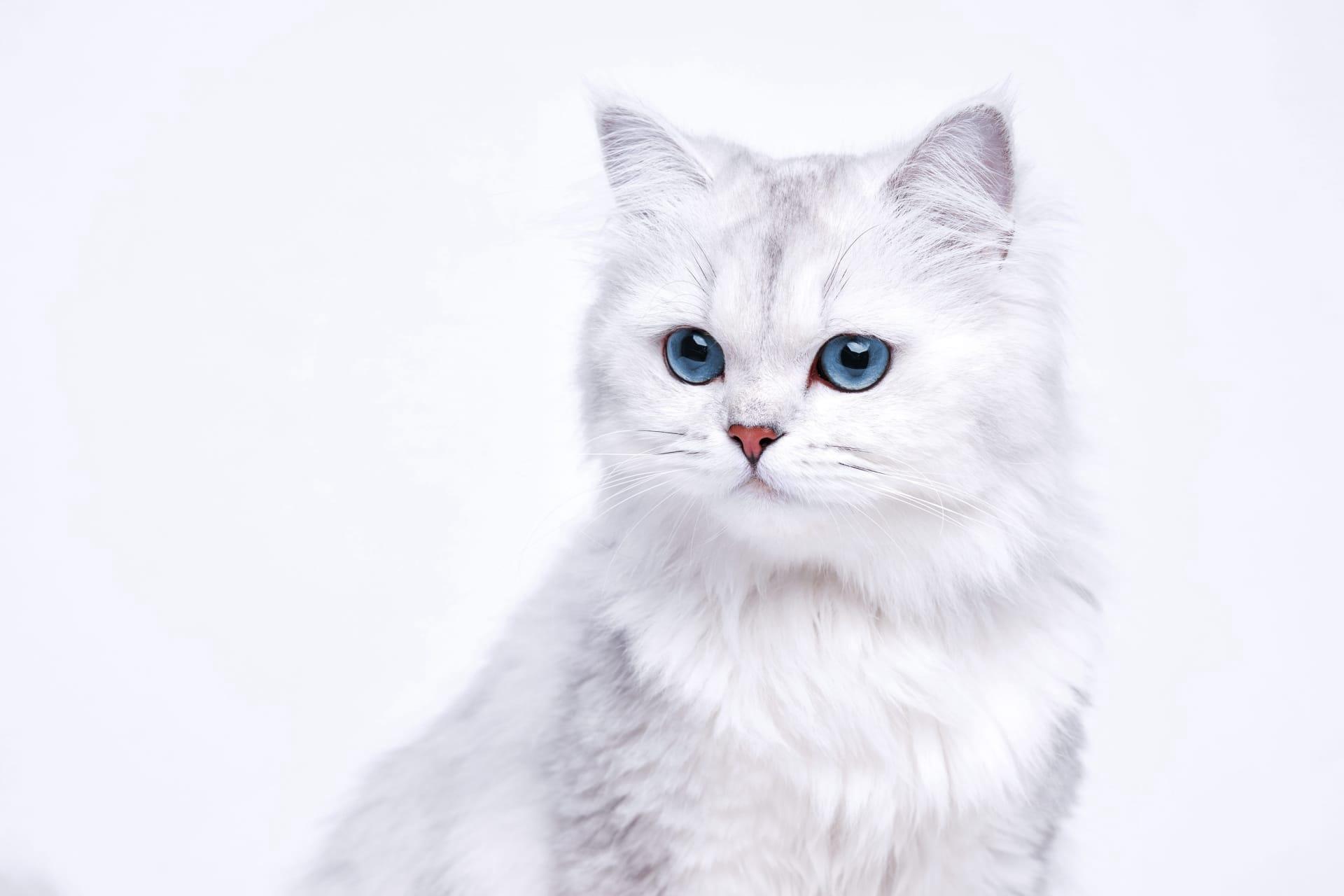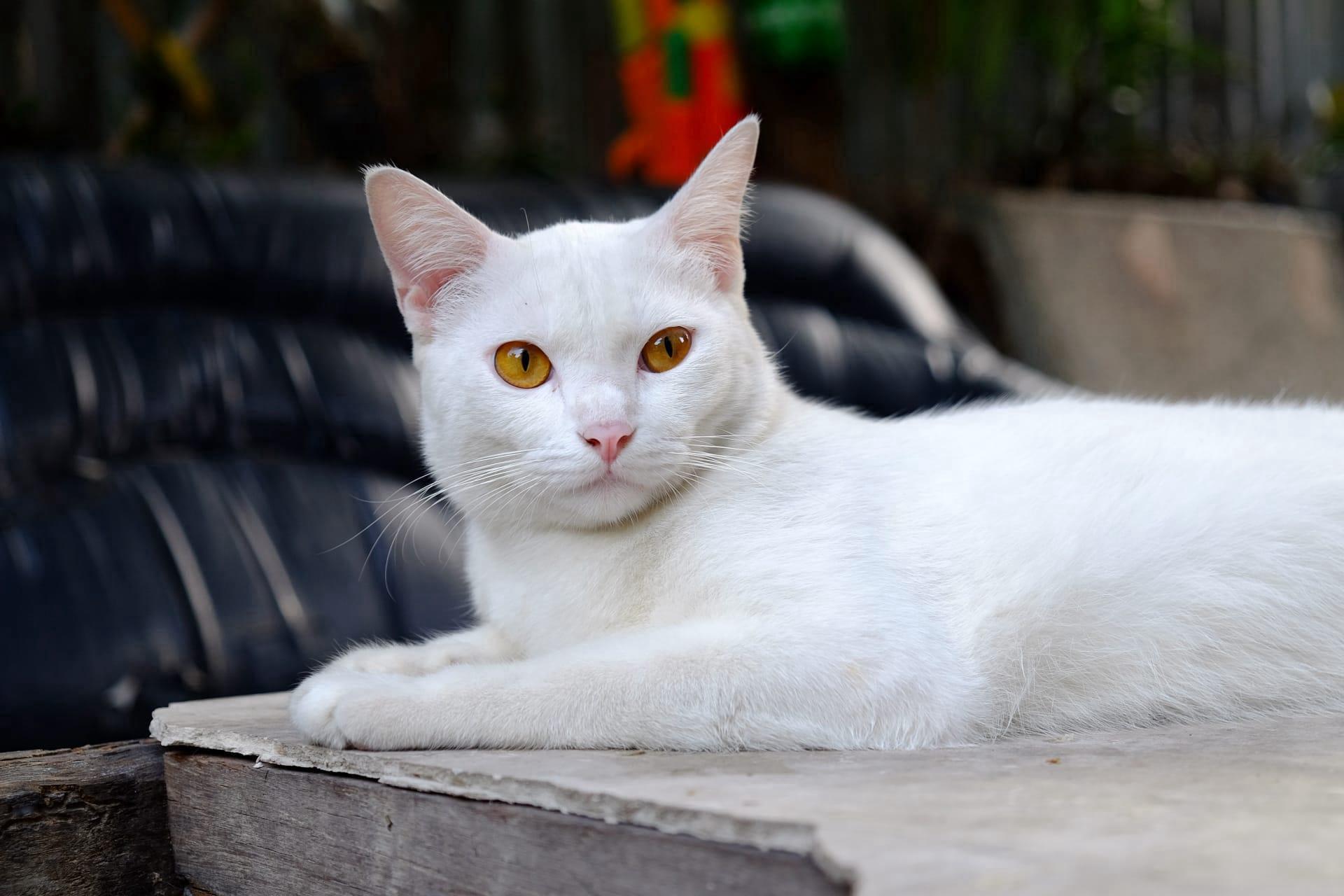Burmilla Cat Trivia
- Home /
- Trivia Question /
- Animal /
- Burmilla Cat Trivia
1
Question: What is the origin of the Burmilla cat, and how did it come to be recognized as a distinct breed?
Answer: The Burmilla cat originated in the United Kingdom in 1981, accidentally, from a mating between a Chinchilla Persian male and a Lilac Burmese female. This unexpected pairing produced kittens with distinctive silver-shaded and tipped coats, sparking interest among breeders. Recognized for their unique appearance and charming personalities, the breed was developed through careful breeding programs. It gained official recognition from major cat registries, including the Governing Council of the Cat Fancy (GCCF) in the UK, highlighting its status as a distinct and cherished breed.
Question: What are the key physical characteristics that define a Burmilla cat?
Answer: Burmilla cats are known for their medium size, muscular yet elegant bodies, and a striking silver or gold tipped or shaded coat. They possess large, expressive green or yellow eyes outlined by distinctive dark mascara-like markings, which add to their enchanting appearance. Their heads are rounded with a short, broad nose, and their ears are medium-sized and set well apart. The coat is one of their most defining features, being short to medium in length, silky in texture, and requiring minimal grooming. These physical attributes contribute to the Burmilla's allure and popularity among cat enthusiasts.

2
Question: Is it true that Burmilla cats are high maintenance due to their coat?
Answer: Contrary to popular belief, Burmilla cats are relatively low maintenance when it comes to grooming. Their coat, which can be either short or semi-long, is silky and does not mat easily. A weekly brushing is generally sufficient to keep their coat in good condition and to reduce shedding. This ease of care makes them a favored choice for individuals who appreciate the beauty of a shimmering coat without the high maintenance typically associated with long-haired breeds.
Question: Do Burmilla cats require a special diet to maintain their health and coat quality?
Answer: While Burmilla cats do not require a special diet, providing a balanced and high-quality diet is essential for their overall health and the luster of their coat. A diet rich in proteins, vitamins, and omega-3 fatty acids can help maintain their coat's shine and support their muscular build. Like all cats, they benefit from a mix of wet and dry food, with access to fresh water at all times. Regular veterinary check-ups are also crucial to monitor their health and nutritional needs.

3
Question: How does the temperament of a Burmilla cat differ from other breeds?
Answer: Burmilla cats are cherished for their gentle, affectionate nature. They are known to be playful and sociable, often forming strong bonds with their human families. Unlike some breeds that may be more independent or reserved, Burmillas thrive on interaction and are known to be particularly good with children and other pets. Their easygoing and adaptable temperament makes them excellent companions for a wide range of households, including apartments and larger homes.
Question: Are Burmilla cats good at adapting to new environments or situations?
Answer: Yes, Burmilla cats are remarkably adaptable and can quickly become comfortable in new environments or situations. Their laid-back and sociable nature allows them to adjust to changes with ease, whether it's moving to a new home, traveling, or meeting new people. This adaptability, combined with their friendly disposition, makes them well-suited to families that may move frequently or have a busy household.

4
Question: What health issues are Burmilla cats prone to, and how can they be prevented?
Answer: Burmilla cats are generally healthy, but like all breeds, they can be prone to certain genetic health issues. These may include kidney problems, such as Polycystic Kidney Disease (PKD), and heart conditions like Hypertrophic Cardiomyopathy (HCM). Regular health screenings, a balanced diet, and maintaining a healthy weight can help minimize the risk of these conditions. Additionally, responsible breeding practices are crucial to reducing the prevalence of genetic health issues in the breed.
Question: How long do Burmilla cats typically live, and what can owners do to ensure a long and healthy life?
Answer: Burmilla cats have a lifespan of around 12 to 17 years, though some can live even longer with proper care. To ensure a long and healthy life, owners should provide a balanced diet, regular veterinary check-ups, and plenty of mental and physical stimulation. Keeping them indoors or in a secure outdoor environment can protect them from common hazards and diseases. Additionally, maintaining their dental health through regular teeth cleaning can prevent dental issues that could affect their overall health.

5
Question: Can Burmilla cats be trained to perform tricks or obey commands?
Answer: Yes, Burmilla cats are quite intelligent and can be trained to perform tricks or obey commands with patience and positive reinforcement. They are known to enjoy interactive play and can learn to fetch, sit, or come when called. Using treats as rewards and keeping training sessions short and fun can encourage their natural curiosity and willingness to learn.
Question: Are Burmilla cats suitable for first-time cat owners?
Answer: Absolutely, Burmilla cats are an excellent choice for first-time cat owners. Their friendly, affectionate nature, combined with their low maintenance grooming needs and adaptability, makes them a joy to have around. They are patient and forgiving, making the learning curve for new cat owners much easier. Whether it's their sociable disposition, ease of care, or their ability to blend into various household settings, Burmilla cats can make the transition into pet ownership a delightful experience for novices.